Education Alfresco: The Benefits and Design Elements of an Outdoor Classroom
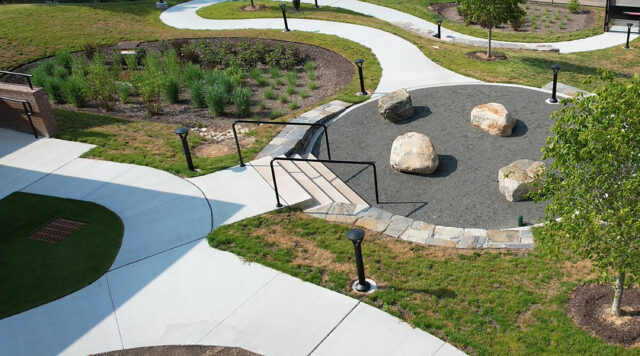
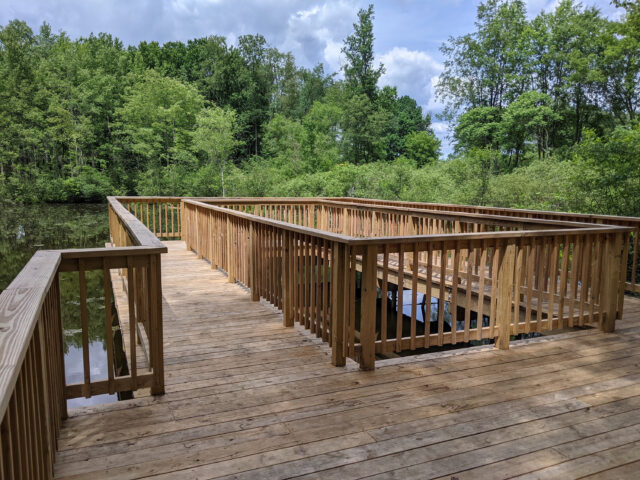
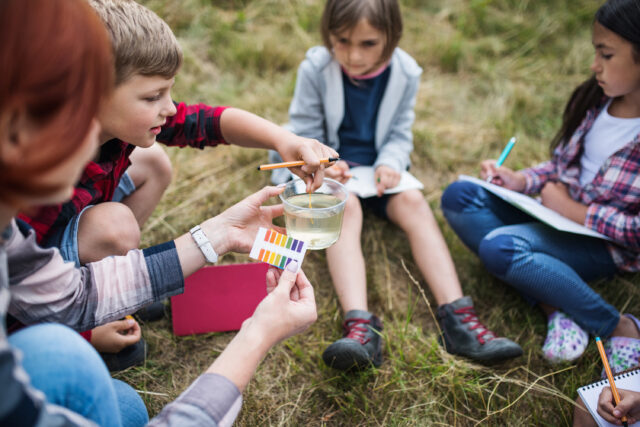
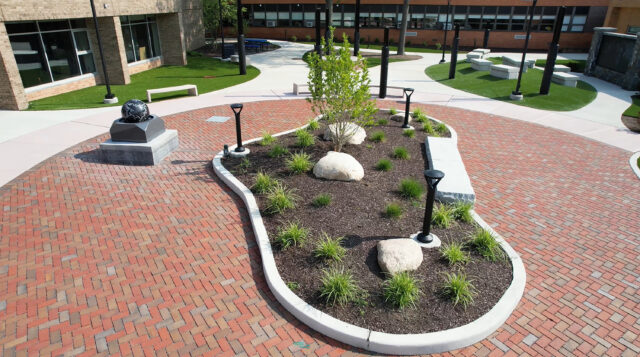
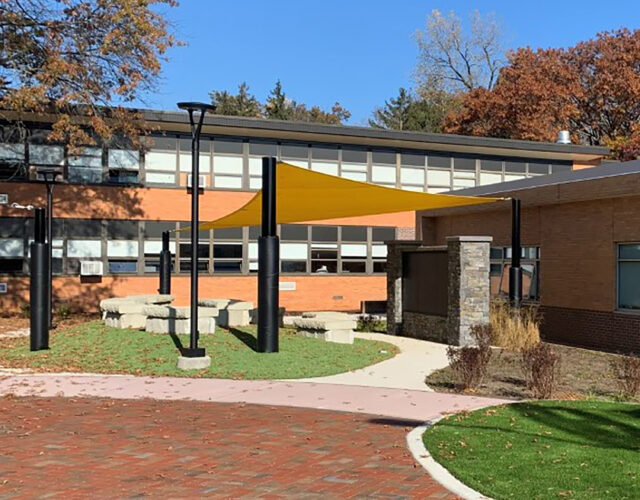
Outdoor classrooms are gaining traction among educators, parents, academia, and landscape architects. As traditional educational settings grapple with challenges like student disengagement, limited physical activity, and increased screen time, outdoor learning environments offer a refreshing change of pace. By integrating natural surroundings into structured education, these spaces support cognitive, emotional, and physical development in students. Thoughtful design elements play a key role in shaping both the function and aesthetic of the outdoor classroom.
Enhanced Engagement and Academic Performance
One of the most significant benefits of outdoor classrooms is their ability to enhance student engagement. Studies show that children are more attentive and motivated when learning occurs in dynamic, interactive settings.
Unlike traditional indoor classrooms, which can sometimes feel rigid and monotonous, outdoor settings offer a stimulating backdrop that sparks curiosity and encourages active participation. Whether exploring plant life during a science lesson or using natural materials for math activities, students gain a deeper understanding of subjects through hands-on experiences.
In addition to increased engagement, research indicates that outdoor learning can improve academic performance. A study conducted by the American Institutes for Research1 found that students who participated in outdoor education programs achieved higher test scores and demonstrated stronger critical thinking skills. The study also reported improvements in teacher-student relationships, peer-to-peer cooperation, and conflict resolution. The natural environment fosters creativity and problem-solving, helping students grasp complex concepts more effectively.
Physical and Mental Health Benefits
In a traditional classroom setting, students often remain seated for extended periods. Outdoor learning environments, by contrast, encourage movement and discovery. Physical activities, such as exploring nature trails, conducting experiments in gardens, or engaging in physical games, support cardiovascular health, improve motor skills, and reduce the risk of obesity.
Spending time outdoors has also been linked to improved mental health. Exposure to fresh air and natural light can help reduce stress, anxiety, and symptoms of attention deficit/hyperactivity disorder. According to the American Psychological Association,2 children who learn in outdoor settings tend to have lower levels of cortisol—the stress hormone—and demonstrate greater emotional resilience. These benefits contribute to a more balanced, focused, and positive learning experience.
Improved Social Skills and Collaboration
Outdoor exploration lends itself to group projects and problem-solving activities, fostering collaboration and communication skills. The less-structured setting encourages organic social interaction, helping students build empathy, teamwork, and leadership skills. Teachers also report fewer behavioral issues in outdoor learning environments, as students are less confined and more engaged in purposeful, hands-on experiences.
Environmental Awareness and Responsibility
Incorporating outdoor classrooms into education also fosters a sense of environmental stewardship in students. Hands-on experiences in nature help cultivate appreciation and respect for the environment. Through activities such as planting trees, studying local ecosystems, or participating in conservation projects, students gain a deeper understanding of sensitive ecological systems. They begin to recognize the interconnectedness of all things—and their role in contributing to a more sustainable future.
Key Design Elements of Outdoor Classrooms
The intrinsic benefits of outdoor classrooms are substantial. With thoughtful design, their effectiveness can be further enhanced through spatial layout, material choices, interactivity, and adaptability. Below are some essential components we consider when creating an outdoor learning space:
 Seating and Shade: Comfortable seating areas, such as amphitheater-style arrangements, fixed or movable benches, tree stumps, and logs, should be arranged to facilitate group discussions and lessons. Shaded areas, including tree groves and architectural elements like pergolas, sunshades, and pavilions, allow learning to continue in various weather conditions.
Seating and Shade: Comfortable seating areas, such as amphitheater-style arrangements, fixed or movable benches, tree stumps, and logs, should be arranged to facilitate group discussions and lessons. Shaded areas, including tree groves and architectural elements like pergolas, sunshades, and pavilions, allow learning to continue in various weather conditions.
Defined Learning Zones: Different areas can be designated for specific subjects or activities. For example, a native, naturalized planting space can be used for science lessons; and a quiet, intimate corner can provide space for reading and reflection. Flexible spaces can help students transition smoothly between the different learning experiences.
 Natural and Sustainable Materials: When practical, use locally sourced and sustainable materials for design elements like seating, walls, structures, pathways, and learning stations, allowing the space to blend seamlessly with its surroundings. Materials such as wooden tables, stone seating, and biodegradable products contribute to a harmonious learning environment.
Natural and Sustainable Materials: When practical, use locally sourced and sustainable materials for design elements like seating, walls, structures, pathways, and learning stations, allowing the space to blend seamlessly with its surroundings. Materials such as wooden tables, stone seating, and biodegradable products contribute to a harmonious learning environment.
Universal Accessibility: Outdoor classrooms should be accessible to all students, free from hazards, and equipped with clear pathways. Gentle slopes and site elements such as raised planting beds welcome every student’s participation. Additionally, maintaining clear sightlines for teachers helps with supervision and classroom management.
Interactive Features: Incorporating elements like whiteboards, weather stations, bird feeders, water collection systems, raised planting beds, and compost bins can engage students in STEM-based activities and real-world problem-solving.
Technology Integration (where appropriate): While outdoor classrooms focus on nature-based learning, integrating technology—such as solar-powered charging stations, weather sensors, or digital whiteboards—can enrich the experience and expand the site’s potential uses.
Seasonal Adaptability: Designing outdoor classrooms to be functional year-round maximizes their utilization. This includes incorporating features like weather-resistant furniture, windbreaks, and outdoor heating elements. Thoughtful plant design choices also help keep the space vibrant and engaging in all seasons.
A Natural Next Step for Education
The benefits of outdoor classrooms extend far beyond academic achievement. By weaving nature into educational experiences, schools can boost student engagement, support physical and mental health, strengthen essential social skills, and foster environmental awareness.
The success of these spaces also hinges on thoughtful, inclusive design. When outdoor classrooms are accessible, interactive, and adaptable—featuring elements like whiteboards, defined learning zones made from natural materials, interactive installations, and year-round usability—they become both practical and inspiring.
As educators continue to seek innovative ways to enrich learning, outdoor classrooms stand out as a compelling and effective solution. Embracing these environments can help shape a more holistic and resilient education system—one that nurtures not only academic growth but also personal development and a lifelong connection to the natural world.

About the Author
Jon Quackenbush, PLALandscape Architect
Jon Quackenbush is a Landscape Architect with over 11 years of experience in community, municipal, and institutional mixed-use planning and site design, as well as park and recreation projects in urban environments. Guided by a passion for low-impact, organic design and a commitment to ecologically sustainable landscapes, he leads projects from initial concept through construction documentation. Jon’s responsibilities span design concept and development, preparation of construction drawings for municipal and private land development projects, and graphic support, including detailed plans, photo simulations, and 3D models.